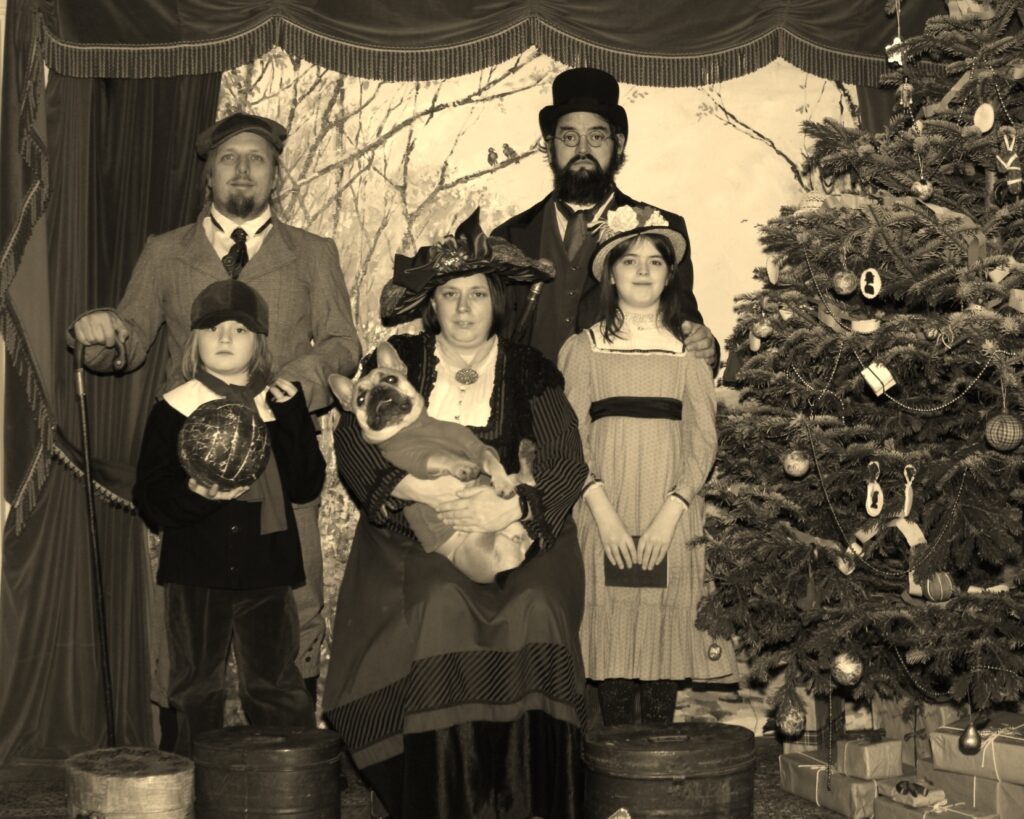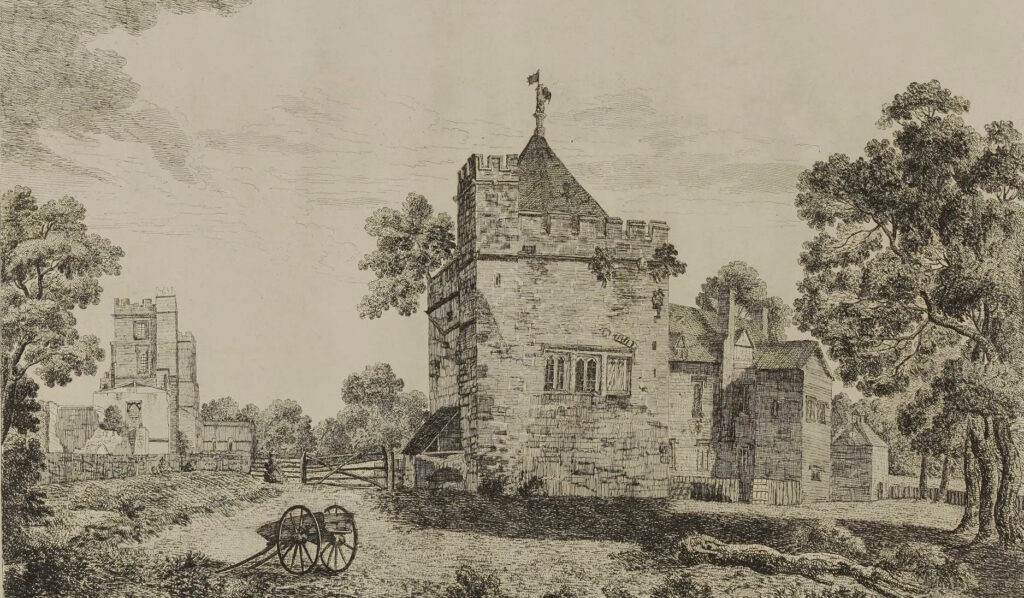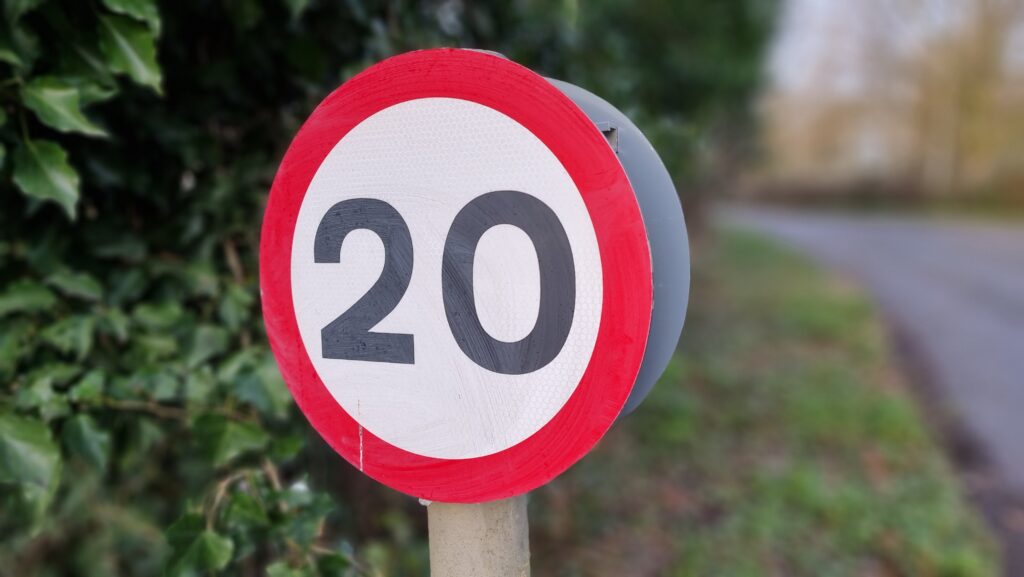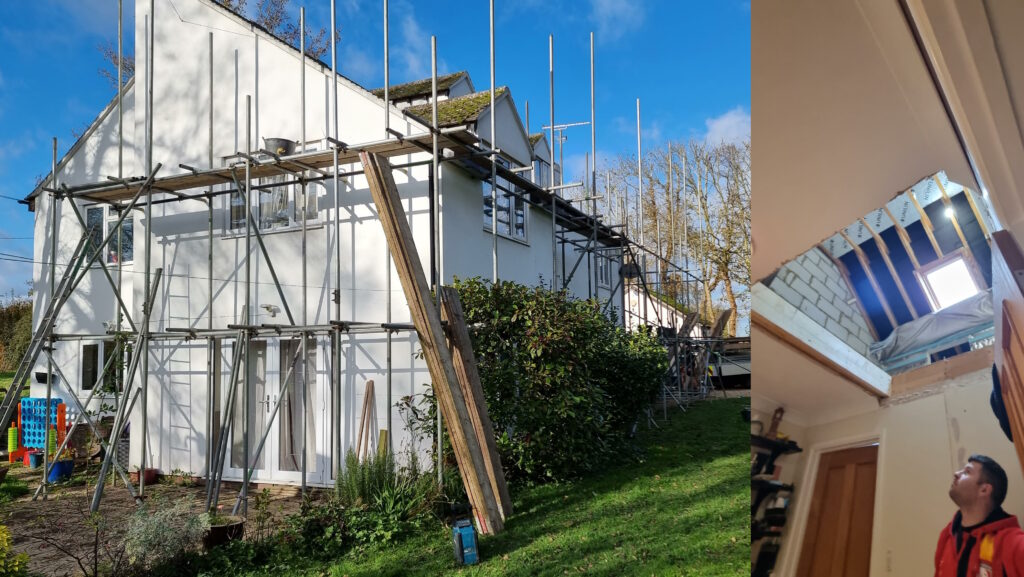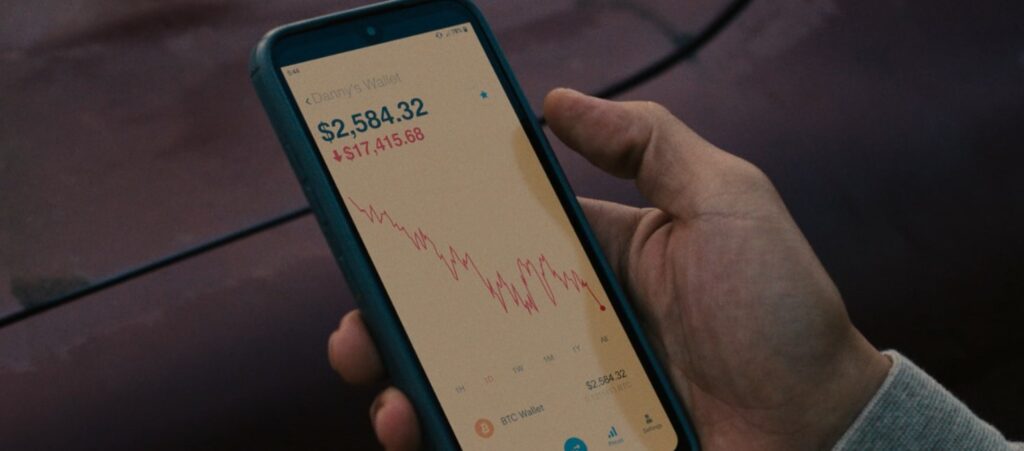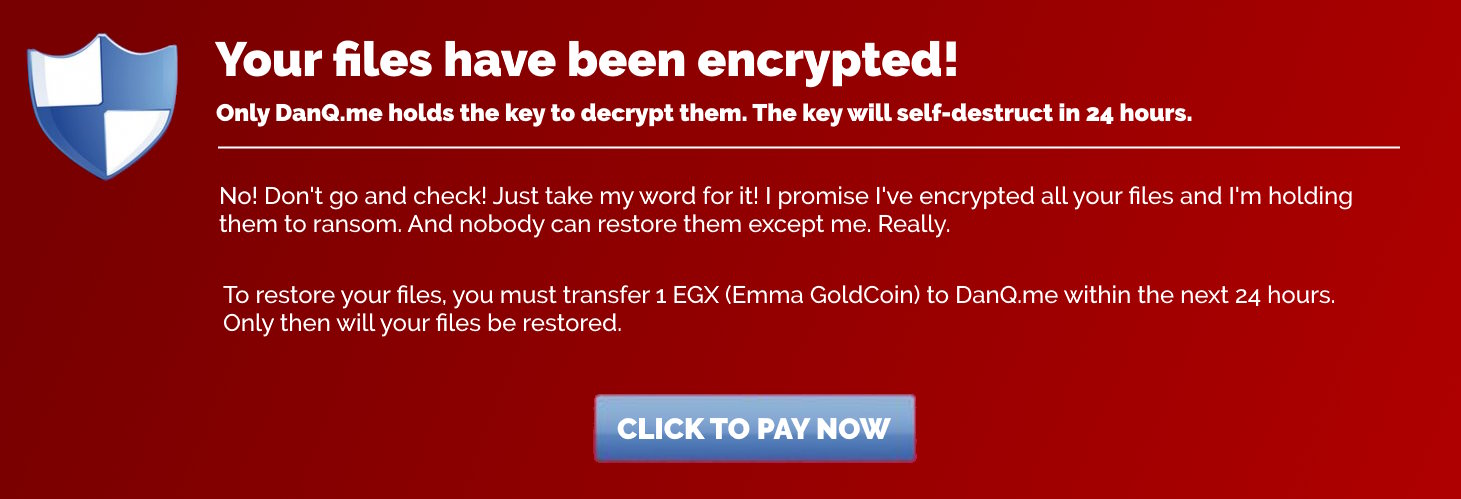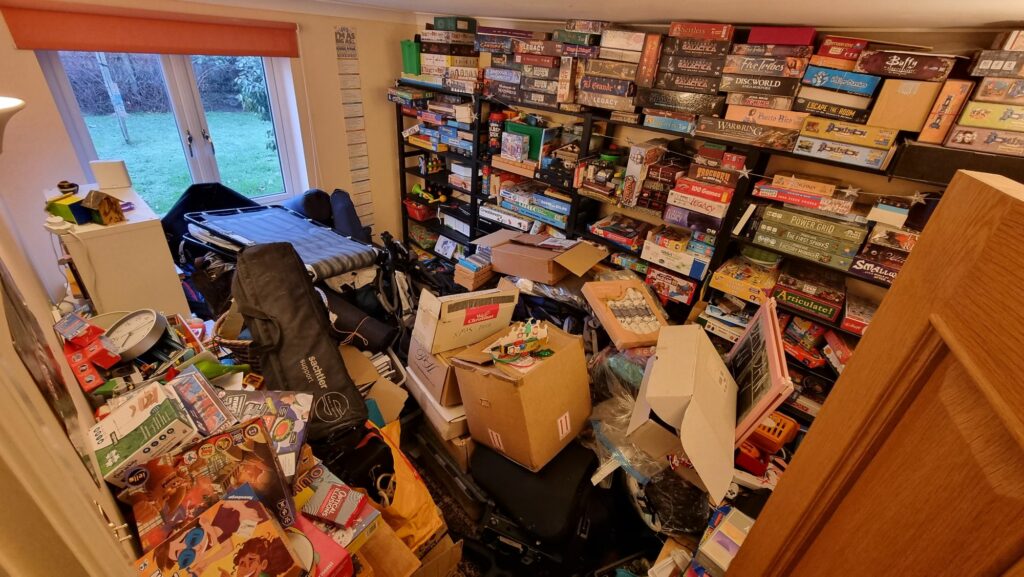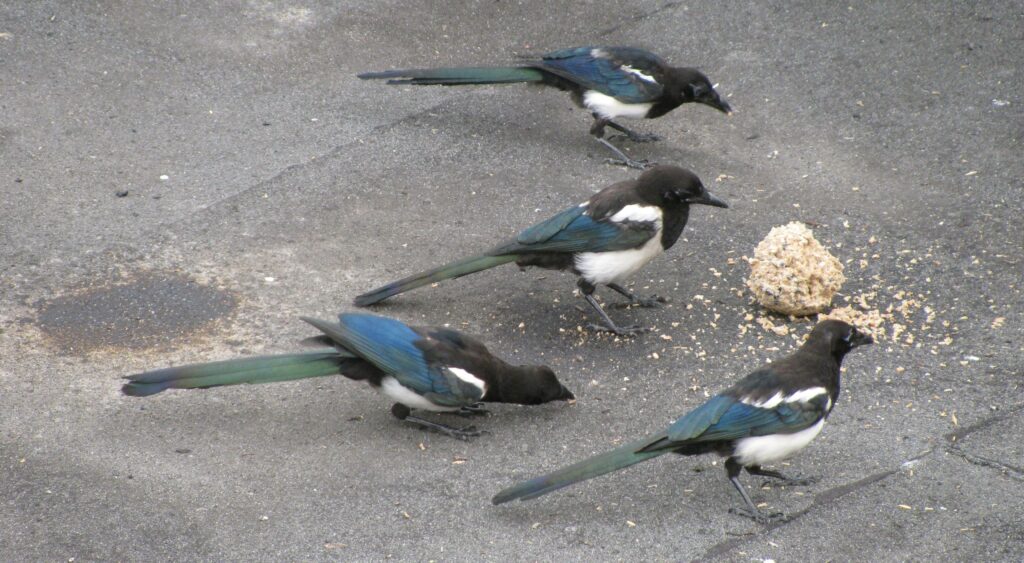This post is part of my attempt at Bloganuary 2024. Today’s prompt is:
What books do you want to read?
Well, I probably ought to start with my backlog! Between our traditional Family Christmas Book Exchange and my birthday, it’s pretty common for me to have a lot of books on the “next to read” pile on my bedside table, this time of year1.
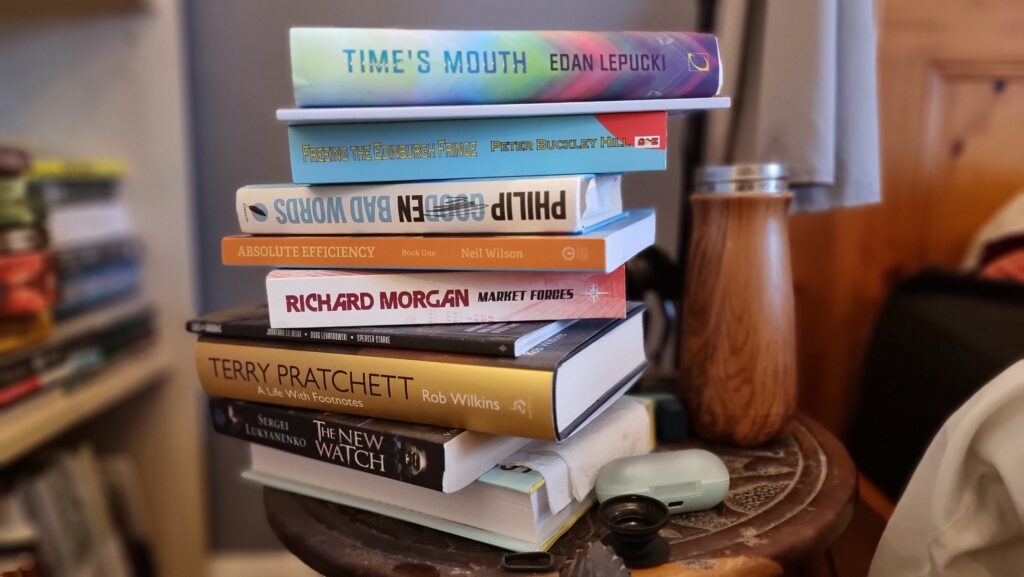
Aside from that: a book that I’d really like to re-read2 is Antkind by Charlie Kaufman.
Antkind is quite something. Here’s a synopsis: film critic “B.”, its protagonist, discovers an independent filmmaker who’s spent literally his entire life producing a film with a three-month runtime. The filmmaker agrees to show it to B., but only if thon3 watches it in a single sitting: the film is scripted to provide opportunities for breaks for sleep, toilet trips, eating and so on. B. watches it and discovers to be a masterpiece and the most impressive piece of art thon has even seen.
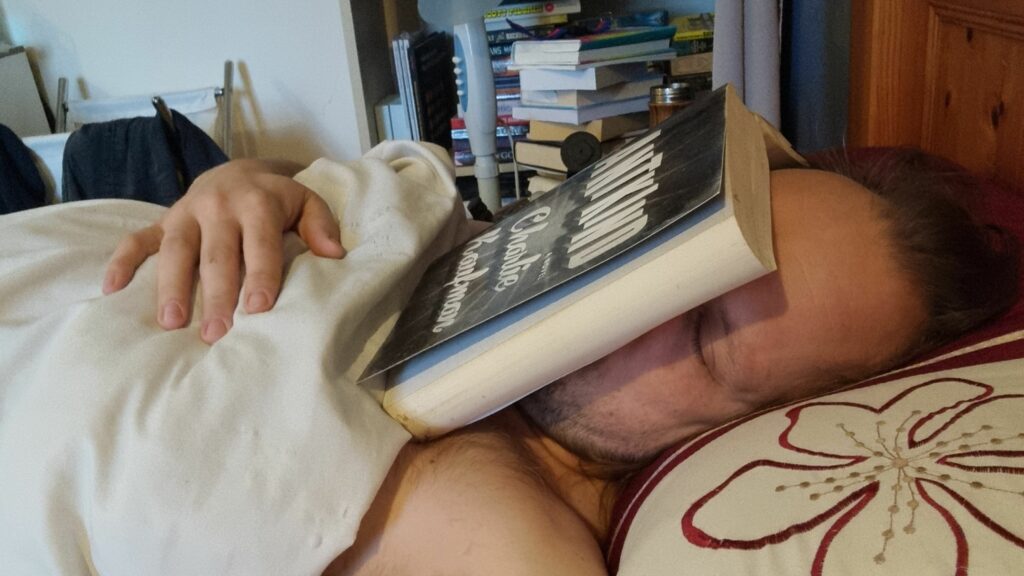
Despite the arduous effort required to watch the film, B. decides that it’s a sufficiently important and significant piece of work, with great artistic merit, that it needs to be seen by the world!
Thon takes the print for distribution… and then promptly loses the entire thing in a fire. All but one frame, with which – with the addition of thon’s own memories of their single viewing of the movie – B. attempts to reconstruct and recreate. The process drives thon somewhat insane, and the story begins (continues?) to be told by an delusional and unreliable narrator in a an increasingly surreal-to-the-point-of-absurdity setting.

I remember getting to the bit set in the far future, where there’s a war between the employees of a fast-food chain and an endlessly replicating army of robot replicas of Donald Trump… and as I reached that part of the story I thought to myself… wait, how did I get here? Every step along the way felt like it was part of the same narrative, but if you compare what’s happening right now to what happened at the start of the story then you wouldn’t believe for a moment that they were in the same book.
It’s truly bizarre and I’m looking forward to my re-read of it4… just as soon as I can face lugging the mammoth tome off the shelf.
In other news: after doing Bloganuary for 27 straight days, this is now my longest consecutive daily streak of blogging, beating a 24-year-old record streak from late 1999! Hurrah!
Footnotes
1 Gotta admit, this was a convenient blog post to be writing from bed during a Saturday morning lie-in.
2 I keep promising myself I’ll re-read Antkind some day, and possibly blog more-deeply about my thoughts on it, but it’s been sitting on my bookshelf gathering dust since I first read it, shortly after its release. It’s too heavy to comfortably read in bed, is part of the problem! Maybe I could get the ebook version…
3 B. uses thon/thons/thonself pronouns.
4 But I’ll probably stop at reading it twice, unlike the protagonist who would, based on thon’s description of their usual film review process, read it seven times in several different ways (forward, backward, etc.).
